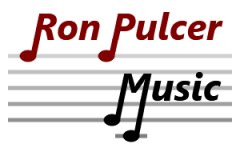Happy Independence Day (4th of July)!
The Star Spangled Banner is the official national anthem of the United States of America. The lyrics are from a poem written by Francis Scott Key. Key was an American lawyer and author from Frederick, Maryland. He also wrote poetry and his poem “Defence of Fort M’Henry” is his most famous poem, which became the lyrics to the Star Spangled Banner. Francis Scott Key wrote his poem in 1814, while looking at the American flag still waving over Fort McHenry, after bombardment by the British Navy during the Battle of Baltimore, in War of 1812 era.
The Star Spangled Banner melody that is paired with Scott’s poem was a popular English tune titled, “To Anacreon in Heaven”. The tune was used as a drinking song at a gentlemen’s music club in London. The tune was written circa 1775 by John Stafford Smith, a British composer.
This song is often played at 4th of July fireworks displays. Many Americans associate the singing of the Star Spangled Banner with the start of sporting events like baseball, football and basketball games. The song has a very wide vocal range (an octave plus a fifth), so it can be a challenge to sing. Thus over the years, performances of the national anthem at sporting events have ranged from beautiful, soaring and inspiring renditions to out of key and grating attempts at singing.
Needless to say, the choice of musical key is important to match the singer’s vocal range. While I play this song as an instrumental on guitar in the key of C, the upper range is too high for my voice. I am more comfortable singing this anthem in the key of G (a fourth below key of C).
